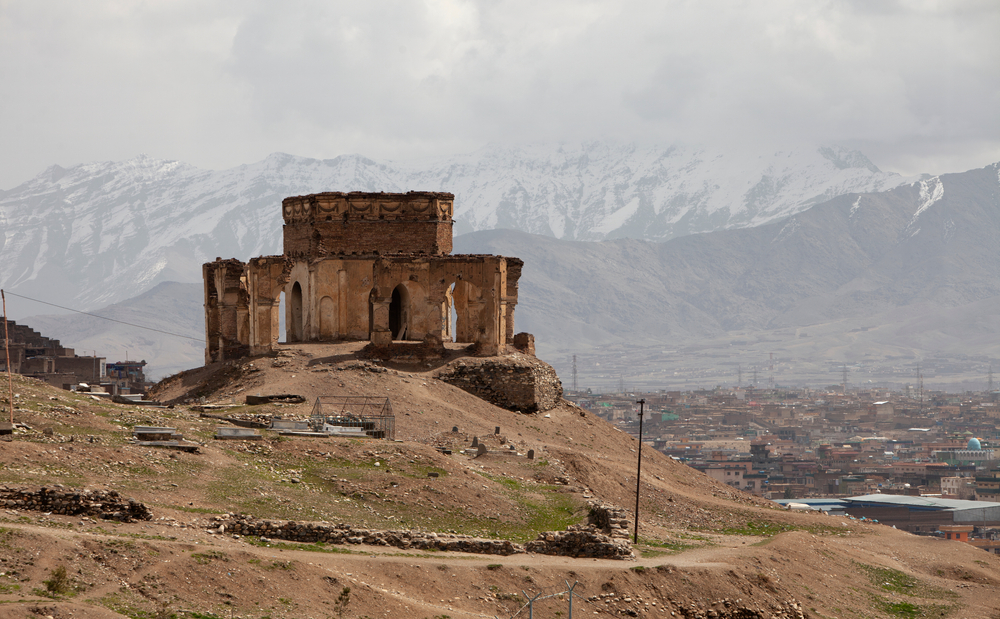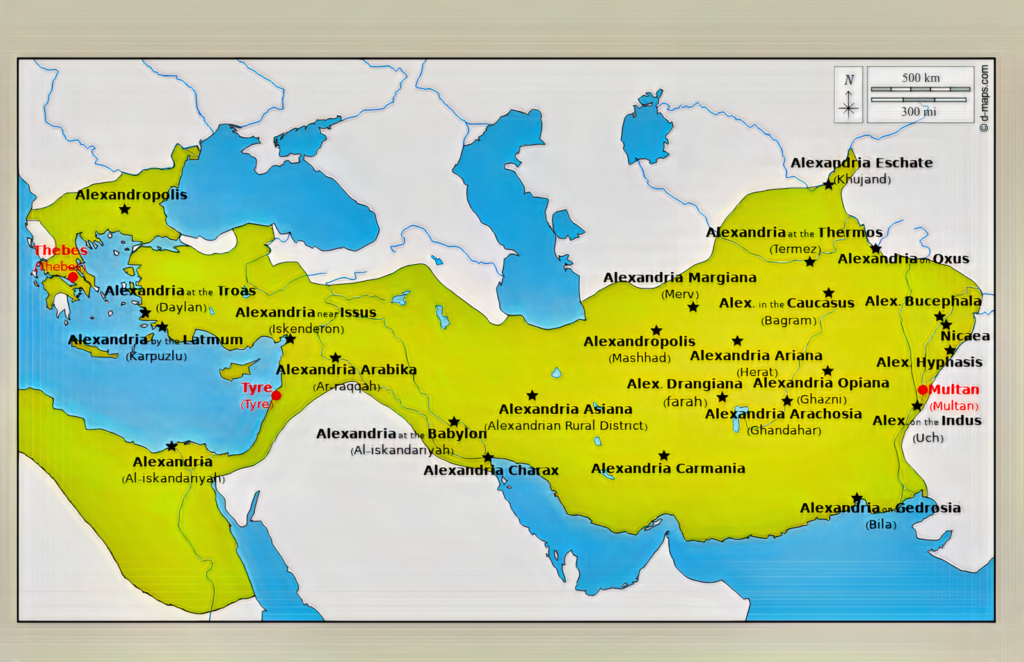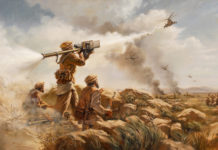Afghanistan has long been the graveyard of empires. Throughout history, it seems every great empire and conqueror was enticed to the lands of Afghanistan.
One of my favorite movies that most people have never heard of is The Man Who Would Be King. It is based on a Rudyard Kipling story of two British adventurers who set off to find treasure in a lost city of Afghanistan. In the course of their journey, the characters are confronted with the history that preceded them in the region. The story is premised upon the reality that Afghanistan is no untapped treasure field for the great powers. It is the burial ground of empires.
Nearly every great empire in history has been tempted by the draw of treasure and resources in Afghanistan. Even today, as the US is caught up in its retreat and debacle, a story from Al Jazeera explained how China now has its eyes on Afghanistan for its “$1 trillion in minerals.” If history is any guide, China will go to Afghanistan, like the US, the Soviets, and the British before them – and China will fail miserably.
The history of Afghanistan is the history of empires and conquerors crisscrossing the land. In their wake comes brutality and death, but Afghanistan remains as the empires fade to black in the history books.
Alexander the Great
In 330 BC, Alexander the Great entered Afghanistan. After conquering the Persian Empire, he proceeded into Central Asia.
A great cinematic scene features Alexander the Great entering India in the Oliver Stone movie Alexander. Don’t watch the movie. It’s horrible. But this scene is an excellent expression of the sudden confrontation of the east and west in the conquests of Alexander.
Alexander used Afghanistan as his base for the invasion of India. These lands represented the eastern limit of his global conquest. After the young conqueror died, he left the lands of Afghanistan to one of his generals. Over time the Greeks revolted against the general, and the province disconnected from the western world, separating Afghanistan from the other sectors of Alexander’s fractured empire. Afghanistan disappeared from western history for a time after that.
Conquest by Islam
Between the 7th and 9th centuries, the Rashidun Caliphate invaded Afghanistan and claimed the land for Islam. Many of the mujahideen, Taliban, and ISIS fighters that wage jihad in Afghanistan today look at this period as the golden era.
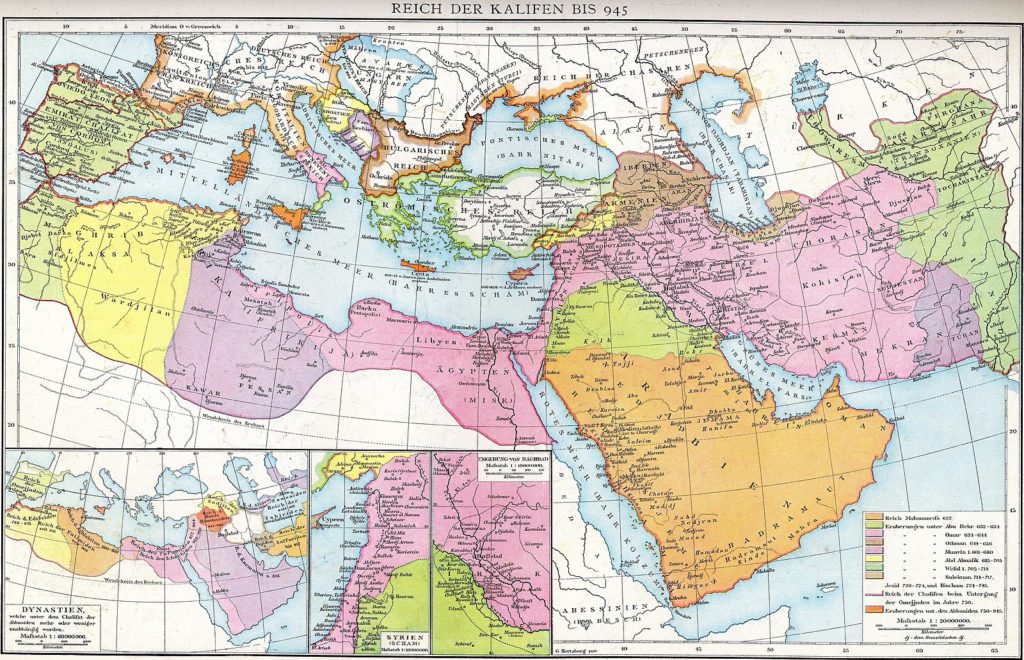
Afghanistan was part of the apex of the Muslim empires of conquest under the Umayyad Caliphate. During this time, the Muslim empire stretched from modern-day Spain to Afghanistan and parts of southern Asia.
The Mongol Invasion
In the early 13th century Genghis Khan and the Mongolian horde conquered most of Afghanistan in a series of brutal campaigns.
After Genghis returned home from his conquest, Helmand rebelled against Mongol rule. Genghis Khan’s son unleashed the Mongol death machine on the great cities of Afghanistan. In 1222 every male resident of Helmand and Ghazni was killed. The surviving women of these provinces were enslaved and suffered death in various parts of the lands conquered by the Mongols.
Today, the Hazara people, an ethnic minority that the Taliban has brutally oppressed over the decades, claim to be descendants of the Mongols.
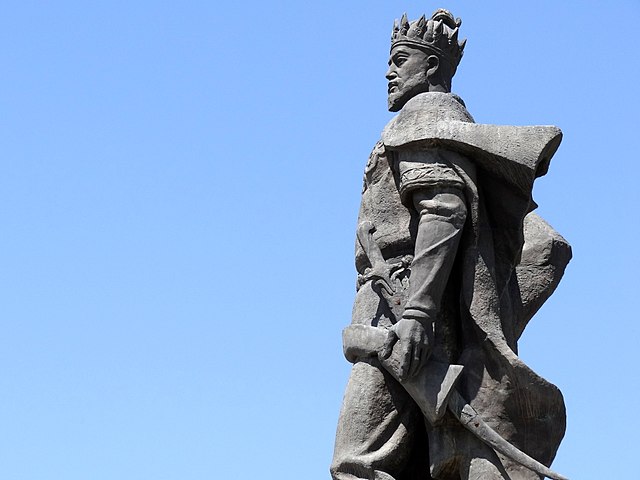
In the following century came Tamerlane, a Muslim ruler out of modern-day Tajikistan. Tamerlane is considered one of the greatest military tacticians in history by military scholars. He was also among the most brutal. Tamerlane killed an estimated 17 million people in the lands of Afghanistan and enslaved millions more.
The British
The British invaded Afghanistan three times between 1838 and 1919. Each invasion came from the east in British India. The British were repulsed each time by the warrior tribes of Afghanistan. Finally, in 1919, a border was agreed to and established that separated Afghanistan from British India.
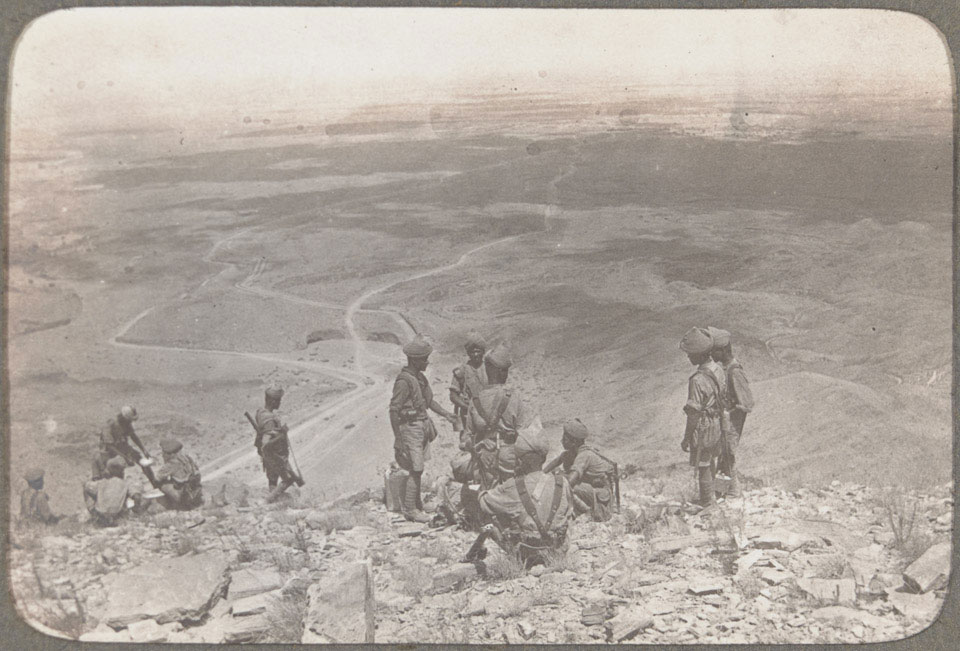
At this point in history, the people of Afghanistan began to assert their independence.
The Soviets
Most know the Soviets invaded in 1979, but the Soviets also invaded Afghanistan in 1929 and 1930. During the interwar period, a movement of Muslim people against Soviet imperial efforts in Central Asia stirred. Afghanistan was among these fronts, and the Soviets invaded in hopes of crushing these anti-communist efforts.
Between 1979 and 1989, the Soviets deployed 100,000 troops to Afghanistan. The fighting, along with the proxy efforts of the US, Saudi Arabia, and Pakistan, led to the rise of many warlords throughout the country. Afghanistan became a central focus in a popular ideology of mujahideen and jihad within the Muslim world. Future terrorists like Osama bin Ladin and Mohammed Omar, future founder of the Taliban, arrived to fight a holy war against the Soviets in Afghanistan.
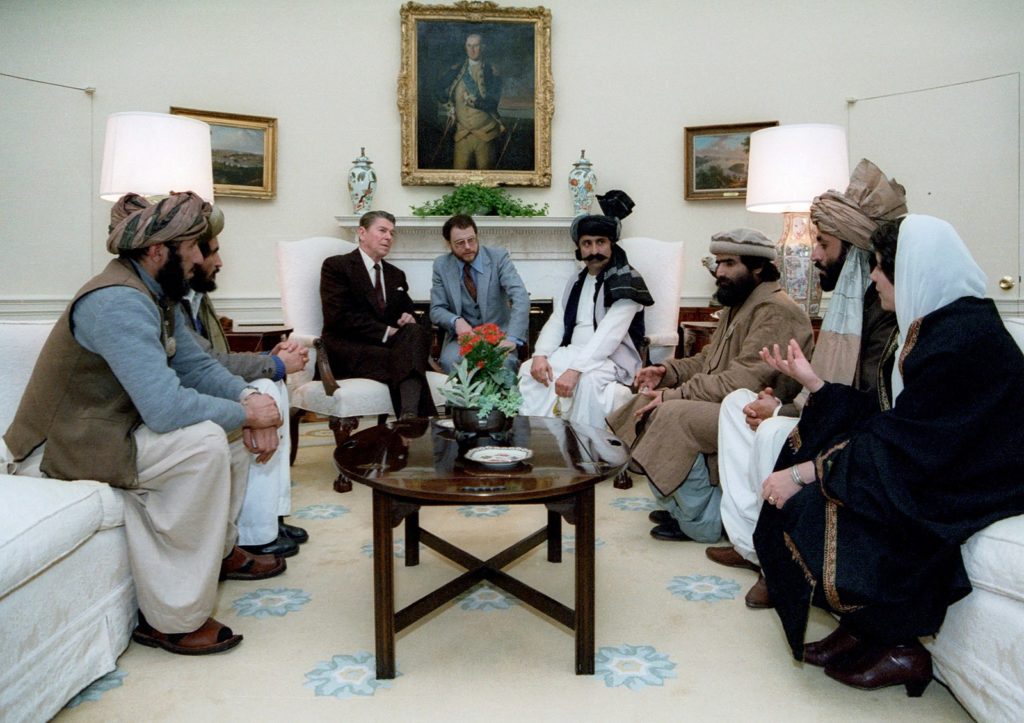
When the Soviets departed in 1989, they left a national highway and structures in places like Bagram that the US used for basing many of its troops during the war in Afghanistan.
USA
And the story concludes (for now) with the US invasion of Afghanistan in 2001. The US invaded as part of the war on terror following the September 11, 2001, attacks by Osama bin Ladin and al Qaeda. The Taliban hosted bin Ladin in Afghanistan after the terrorist leader was expelled from Sudan and Saudi Arabia.
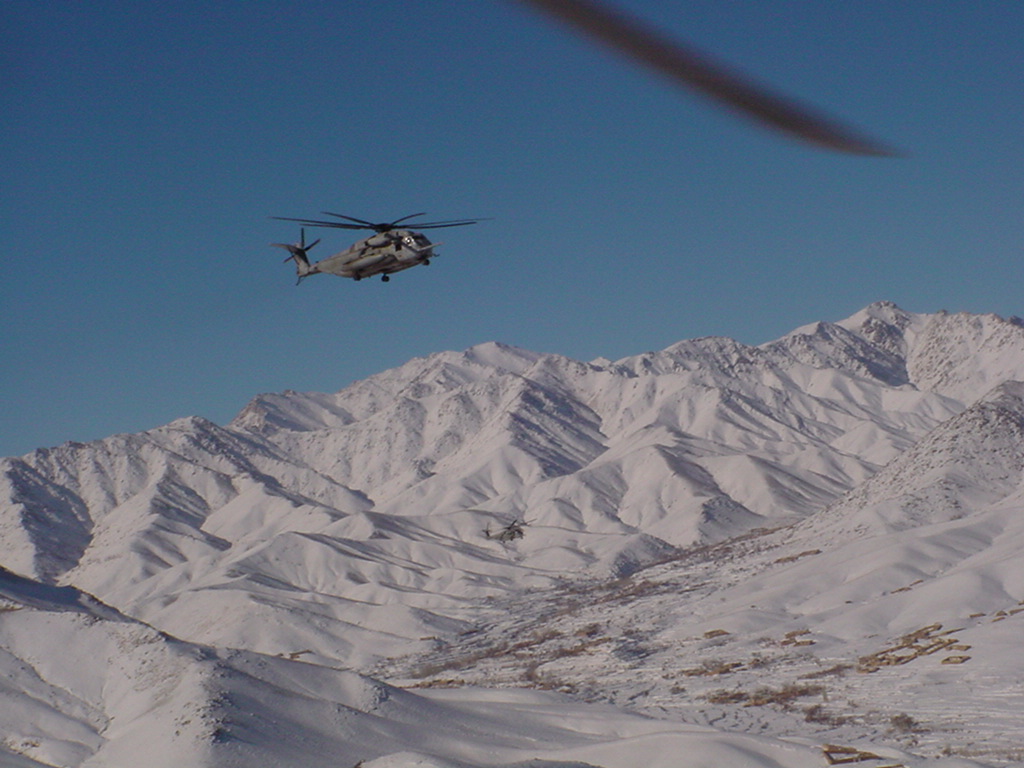
In the twenty years of US occupation in Afghanistan, America invested more than $2 trillion into the country, with little to show for that investment by the time the US departed in the summer of 2021.
At least 40,000 civilians were killed in the fighting between the US and the Taliban in that twenty years.
Afghanistan remains the graveyard of empires, holding the history and bloody violence of these empires and conquerors within in its soil.
